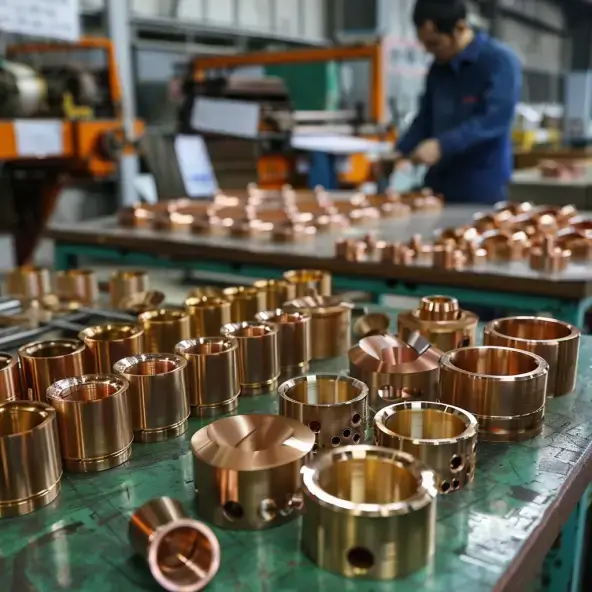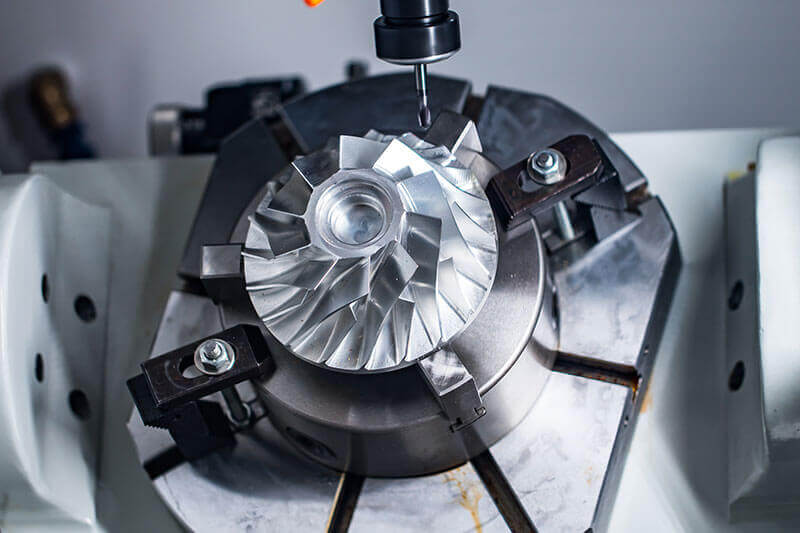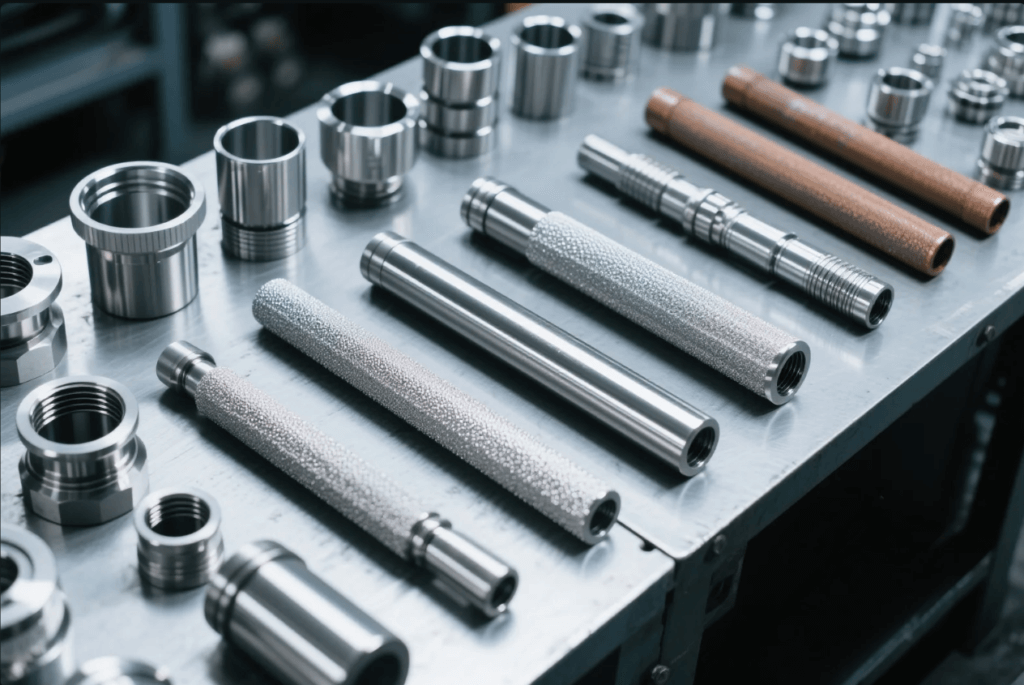Copper Milling: Parameter and Tool Selection Guide
What is copper milling?
Copper milling is a precision CNC machining process that uses rotary cutting tools to shape copper and copper alloy workpieces. This subtractive manufacturing method requires special considerations due to copper’s unique properties:
- High thermal conductivity affects heat dissipation
- Excellent electrical conductivity for electronic components
- Ductility that can lead to gummy chips during machining
- Natural corrosion resistance for durable parts
What are the advantages of using brass in CNC machining projects?
Brass, as a copper alloy, offers significant benefits for CNC machining:
- High precision and accuracy: Excellent dimensional stability during machining
- Excellent workability: Softer than steel, easier to machine
- Corrosion resistance: Natural resistance to rust and oxidation
- Versatility: Wide range of available alloys for different applications
- Cost-effectiveness: Lower machining costs compared to many metals
- Fast production time: Higher machining speeds possible
- Conductivity: Good electrical and thermal properties
- Aesthetics: Attractive gold-like appearance
Brass Grades and Properties
| Grade | Composition | Properties | Machinability |
|---|---|---|---|
| C260 (Cartridge Brass) | 70% Cu, 30% Zn | Excellent cold working properties | Excellent |
| C360 (Free-Cutting Brass) | 61.5% Cu, 35.5% Zn, 3% Pb | Added lead improves machinability | Best |
| C464 (Naval Brass) | 60% Cu, 39% Zn, 1% Sn | Superior corrosion resistance | Good |
CNC Copper Milling Industry Applications
- Electronics: Connectors, terminals, and RF components
- Plumbing: Valves, fittings, and fixtures
- Automotive: Radiator components and fuel system parts
- Musical Instruments: Brass wind instruments and components
- Architecture: Decorative hardware and fixtures
Tips for successful copper milling
Choosing the right grade of brass
Select alloys based on application requirements:
- C360 for maximum machinability
- C260 for good formability and strength
- C464 for marine environments
Optimization of tools and cutting parameters
- Use sharp, polished carbide tools
- Recommended speeds: 150-300 m/min (500-1000 SFM)
- Feed rates: 0.05-0.15 mm/tooth (0.002-0.006 IPT)
Managing heat generation
- Use flood coolant for heat-intensive operations
- Consider air blast for light machining
- Avoid excessive tool pressure
Copper milling surface treatment
Common post-machining treatments for copper parts:
- Electropolishing: Improves surface finish and cleanliness
- Passivation: Enhances corrosion resistance
- Plating: Nickel or chrome plating for added protection
- Clear coating: Preserves natural copper appearance
Factors to consider when choosing copper milling
- Required conductivity (electrical/thermal)
- Corrosion resistance needs
- Mechanical strength requirements
- Machinability versus performance tradeoffs
- Cost considerations for material and machining
- Post-processing requirements
Summarize
Effective copper milling requires understanding material properties, selecting appropriate brass grades, and optimizing machining parameters. Key takeaways include:
- Choose the right copper alloy for your specific application
- Use proper tooling and cutting parameters to avoid common issues
- Consider post-machining treatments for enhanced performance
- Balance machinability with final part requirements
By following these guidelines, manufacturers can achieve high-quality copper components with excellent dimensional accuracy and surface finish.






